From the Beginning of Time Chapter Notes | Famous Books for UPSC Exam (Summary & Tests) PDF Download
From the Beginning of Time
Human Evolution
- First Human-like Creatures: These early ancestors of humans appeared around 5.6 million years ago.
- Modern Humans: Anatomically modern humans (Homo sapiens) originated approximately 160,000 years ago.
- Evidence Sources: Fossils, stone tools, and cave paintings are crucial for understanding early human history.
- Initial Resistance: About 200 years ago, many scholars were skeptical about these findings due to their belief in the Old Testament of the Bible, which described human origin as a divine act of Creation by God.
- Discovery in Neander Valley: In 1856, workmen in the Neander Valley, Germany, discovered a skull and skeletal fragments while quarrying for limestone. They reported their find to Carl Fuhlrott, a local naturalist.
- Scientific Investigation: Fuhlrott took the materials to anatomist Herman Schaaffhausen at Bonn University. They published a paper suggesting that the skull belonged to an extinct form of human.
- Darwin's Contribution: On November 24, 1859, Charles Darwin published "On the Origin of Species," proposing that humans evolved from animals.
The Story of Human Evolution
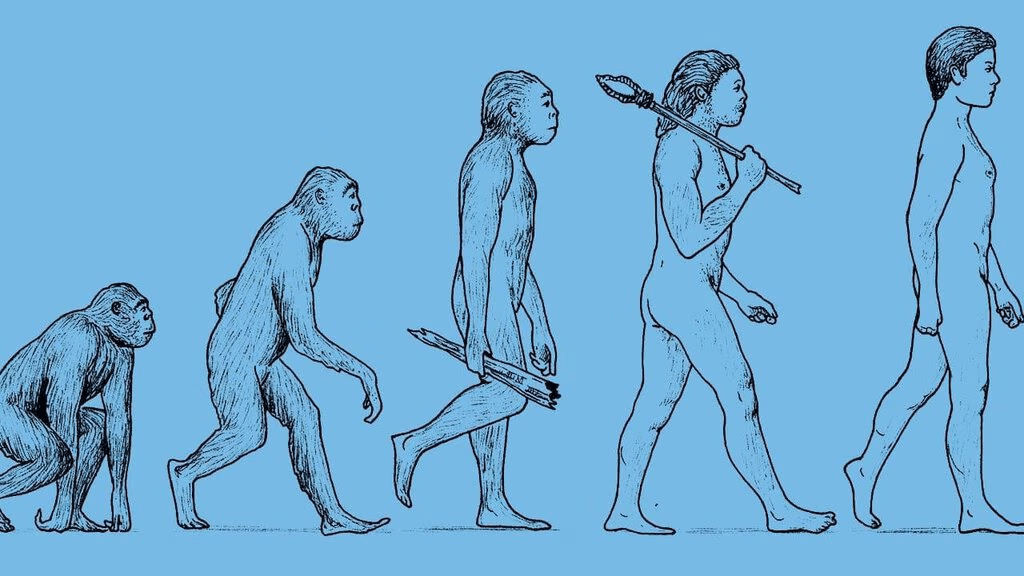
Human Evolution: An Overview
- Human evolution is a long and complex story that spans millions of years. It all began when a subgroup of primates called hominoids emerged around 24 million years ago in Asia and Africa.
- This group included the ancestors of both apes and humans.
Hominids: The Next Step in Evolution
- Hominids evolved from hominoids and share some common features with them, but there are also significant differences.
- Hominids belong to the family Hominidae and are further divided into different branches, or genera, with Australopithecus and Homo being the most important.
Differences Between Hominoids and Hominids
Types of Homo
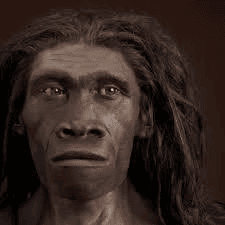
Homo habilis (2.2 million years ago)
- Meaning: Tool maker
- Fossils Found: Omo, Ethiopia; Olduvai Gorge in East Africa
Homo erectus (1.8 million years ago)
- Meaning: Upright man
- Fossils Found: Africa and Asia
Homo sapiens (0.8 million years ago)
- Meaning: Wise man
- Fossils Found: Africa, Asia, and Europe
Fossils of Homo sapiens
- Homo heidelbergensis: The earliest fossils of Homo sapiens in Europe were discovered in Heidelberg, Germany, and are known as Homo heidelbergensis.
- Homo neanderthalensis: Fossils found in the Neander Valley were classified as Homo neanderthalensis.
Benefits of Bipedalism (Erect Position)
- Carrying Objects: An upright posture freed the arms, allowing early humans to carry various objects, including their offspring.
- Visual Surveillance: Standing upright provided a better view of the surroundings, enhancing awareness of potential dangers and opportunities.
- Efficient Long-Distance Walking: Bipedalism made long-distance walking more efficient for early humans compared to quadrupeds, which was beneficial during hunting and foraging.
- Energy Efficiency: Walking on two legs consumes less energy compared to the movement of quadrupeds, making it a more sustainable mode of locomotion.
Glaciation and Its Impact

Glaciation, which began around 2.5 million years ago, brought significant changes to the climate and vegetation. During this period, there was a decrease in temperatures and rainfall, leading to an expansion of grasslands. This shift in environmental conditions contributed to the extinction of Australopithecus. However, species that were better adapted to the drier conditions, such as those belonging to the genus Homo, were able to thrive.
Theories on the Origin of Modern Humans
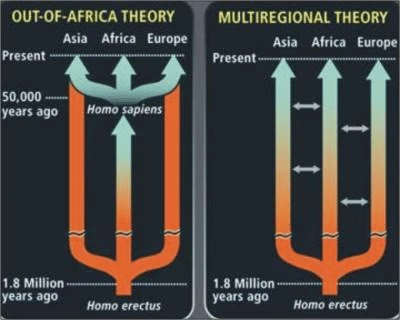
There are two main theories regarding the origin of modern humans: the Replacement model and the Regional continuity model.
Regional Continuity Model (Multi-regional Origin)
- According to this model, humans evolved simultaneously in different parts of the world from local archaic human populations.
- There are regional differences in the features of modern humans, which are attributed to variations between Homo heidelbergensis and Homo neanderthalensis.
Replacement Model (Single Region Origin)
- This model suggests that humans originated in Africa, where archaic human populations were replaced by modern humans.
- Genetic and anatomical evidence supports this view, indicating homogeneity among modern humans.
- The earliest fossils of modern humans, such as those found in Omo, Ethiopia, support the idea of a single region of origin.
Early Humans: Ways of Obtaining Food
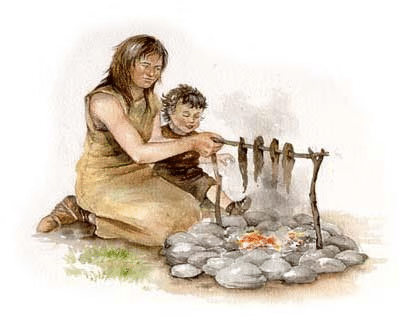
Early humans obtained their food through various means, including gathering, hunting, scavenging, and fishing.
Gathering
- Early humans collected a variety of plant foods, such as seeds, nuts, berries, fruits, and tubers.
Scavenging
- They scavenged or foraged for meat from animals that had died or been killed by other predators.
- This included small mammals like rodents, birds, reptiles, and even insects.
Hunting
- Hunting is believed to have begun around 500,000 years ago.
- Evidence of planned hunting has been found at various sites, including:
- Boxgrove in southern England
- Schöningen in Germany
- Dolní Věstonice in the Czech Republic
- Sites near rivers were often chosen for planned hunting, as herds of migratory animals crossed these rivers during their spring and autumn migrations. Early humans were aware of these animal movements and hunted them accordingly.
Fishing
- Fishing was also a significant source of food, as indicated by the discovery of fish bones at various archaeological sites.
Early Humans: From Trees to Caves and Open-air Sites
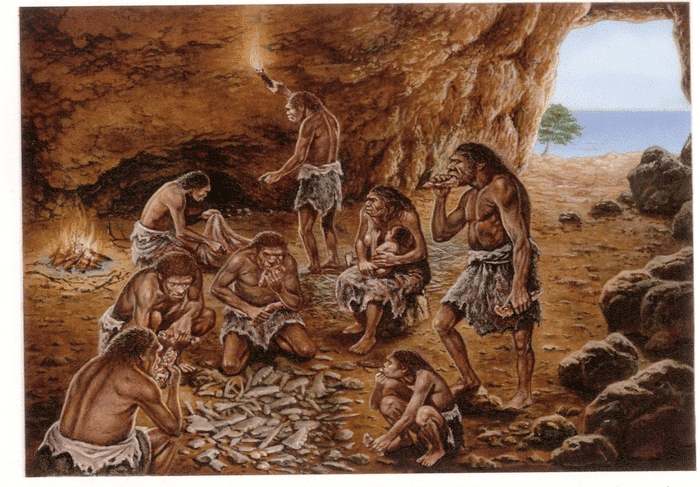
- By examining where artefacts are found, we can learn about the living places of early hominids.
- Large numbers of flake tools and hand axes have been discovered in places like Kilombe and Olorgesailie in Kenya.
- Some areas had plenty of food, and people visited those places repeatedly.
- When people visited these areas, they left behind evidence of their activities, including artefacts.
- Over time, these artefacts would pile up in one location.
- In contrast, places that were visited less often had fewer artefacts, and those artefacts might be scattered across the surface.
- Between 400,000 and 125,000 years ago, early humans started using caves and open-air sites for shelter.
- For example, in the Lazaret cave in southern France, researchers found a 12x4 metre shelter with two hearths and evidence of various food sources.
- Similarly, at Terra Amata in southern France, researchers discovered simple shelters made of wood and grass, used for short-term, seasonal stays.
- In some South African sites, pieces of baked clay, burnt bone, and stone tools have been unearthed.
- However, it is unclear whether these were the result of natural events like bushfires or volcanic eruptions, or the controlled use of fire by early humans.
The Uses of Fire
- To provide warmth and light inside caves
- To harden wood
- To scare away dangerous animals
- For cooking
- For flaking tools
Early Humans and Tool Making
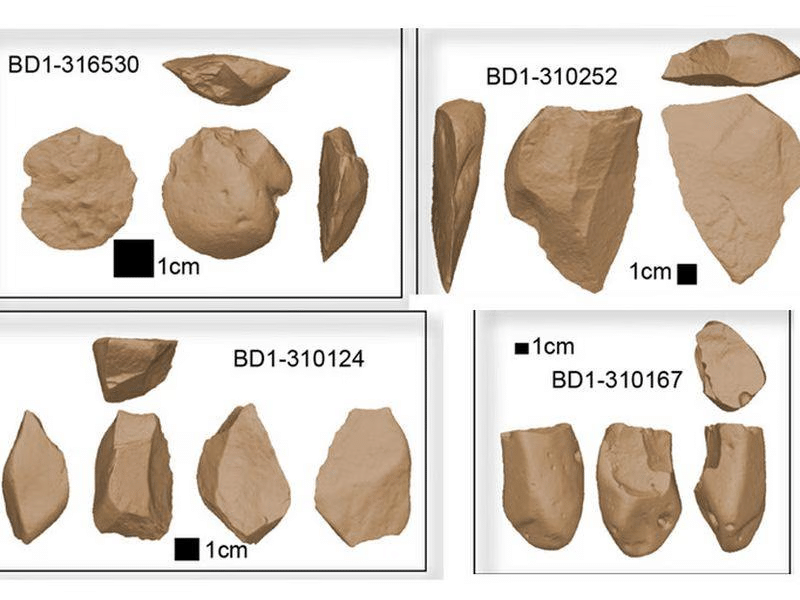
- Tool making by early humans required advanced memory and complex organizational skills. The first evidence of stone tools comes from Ethiopia and Kenya, and the earliest tool makers were likely Australopithecus. It is unclear whether men, women, or both were involved in tool making.
- Around 35,000 years ago, there were significant changes in tool making, with the introduction of new tools like spear-throwers and the bow and arrow for hunting.
- Meat was processed by removing bones, drying, smoking, and storing, allowing for later consumption.
- The trapping of fur-bearing animals and the invention of sewing needles also emerged during this time, with the earliest evidence of sewn clothing dating back 21,000 years.
- The punch blade technique was developed to create small chisel-like tools, enabling engravings on materials like bone, antler, ivory, or wood.
Modes of Communication: Language and Art
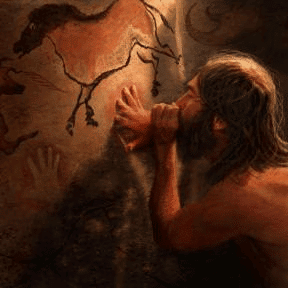
Language

Humans are the only living beings with a true language. There are different theories about how language developed in humans:
- Some suggest that early hominid language was based on gestures or hand movements.
- Others propose that spoken language came after vocal but non-verbal communication.
- Some believe that human speech started with calls among primates.
As for when spoken language emerged, several ideas have been put forward:
- Homo habilis may have had brain features that allowed for speech, suggesting that language could have developed as early as 2 million years ago.
- The evolution of the vocal tract, which happened around 200,000 years ago, was also crucial for the development of language.
- Language and art may have developed around the same time, approximately 40,000 to 35,000 years ago.
Art of the Prehistoric People
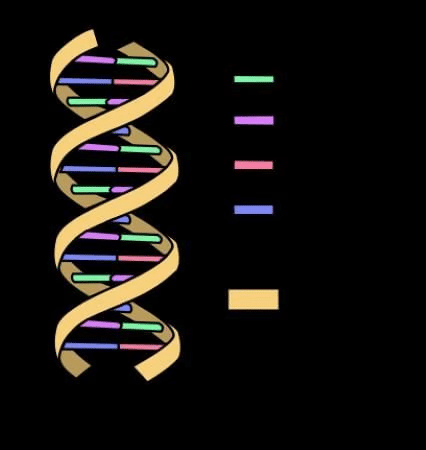
Paintings found in the caves of Lascaux and Chauvet in France, and Altamira in Spain, depict various animals such as bison, horses, ibex, deer, mammoths, rhinos, lions, bears, panthers, hyenas, and owls.
The purpose behind these paintings remains a mystery, but there are a few theories:
- Ritualistic Significance: One theory suggests that the act of painting was a ritual aimed at ensuring a successful hunt.
- Gathering Places: Another possibility is that these caves served as meeting places for small groups of people, where they shared hunting techniques and knowledge. The paintings may have acted as a medium for passing information from one generation to the next.
Hunter -Gatherer Societies: From the Present to the Past
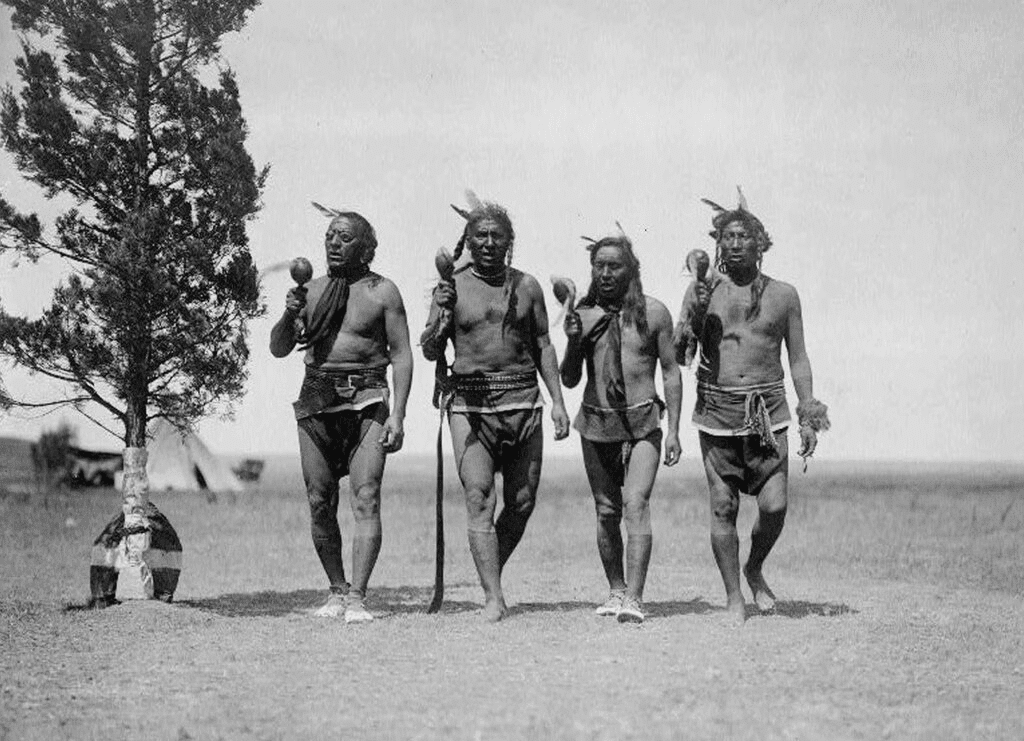
There are two points of view on the following issue -
Whether the lives of present day hunter gatherers could be used to understand the past?
- The scholars who directly applied specific data from present day hunter-gatherer societies to interpret the archaeological remains of the past.
- Some archaeologists suggests that the Hominid sites-dated to 2 mya along the margins of Lake Turkana could have been the dry season camps of early humans. Such practice has been observed among the Hadza and the Kung San.
- The scholars who feel that ethnographic data cannot be used for understanding past societies.
- They have the ideas:
- Present day hunter-gatherer societies pursue several other economic activities along with hunting and gathering.
- These include engaging in exchange and trade in minor forest produce or working as paid labourers in the fields of neighboring farmers.
- More over, these societies are totally marginalized in all senses-geographically, politically and socially.
- The conditions in which they live are very different from those of early humans.
- There are tremendous variation amongst living hunter -gatherer societies
- There are conflicting data on many issues such as the relative importance of hunting and gathering, group sizes or the movement from place to place.
- Both men and women are contributing to the food supply
Key Words and their Meanings
Fossils
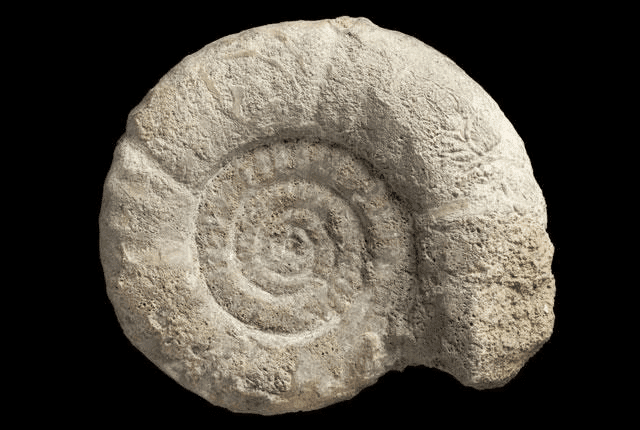
Fossils refer to the remains or impressions of ancient plants, animals, or humans that have undergone the process of fossilization and turned into stone. These remnants are often found embedded in rock, which helps preserve them for millions of years.
Species
A species is defined as a group of organisms that can interbreed to produce fertile offspring. Members of one species are unable to mate with those of another species to produce viable offspring.
Anthropology
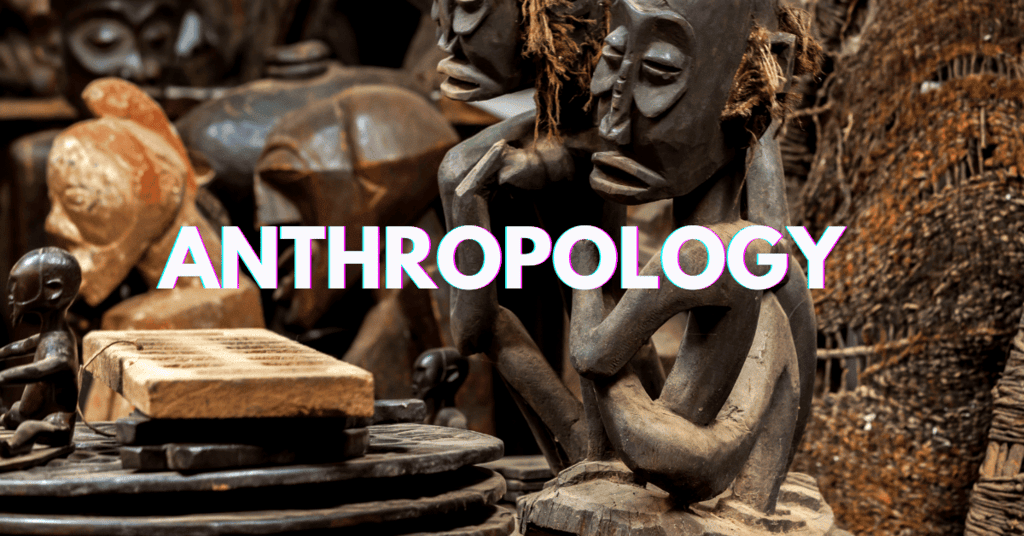 Anthropology is a field of study that focuses on human culture and the evolutionary aspects of human biology.
Anthropology is a field of study that focuses on human culture and the evolutionary aspects of human biology.
Artefacts
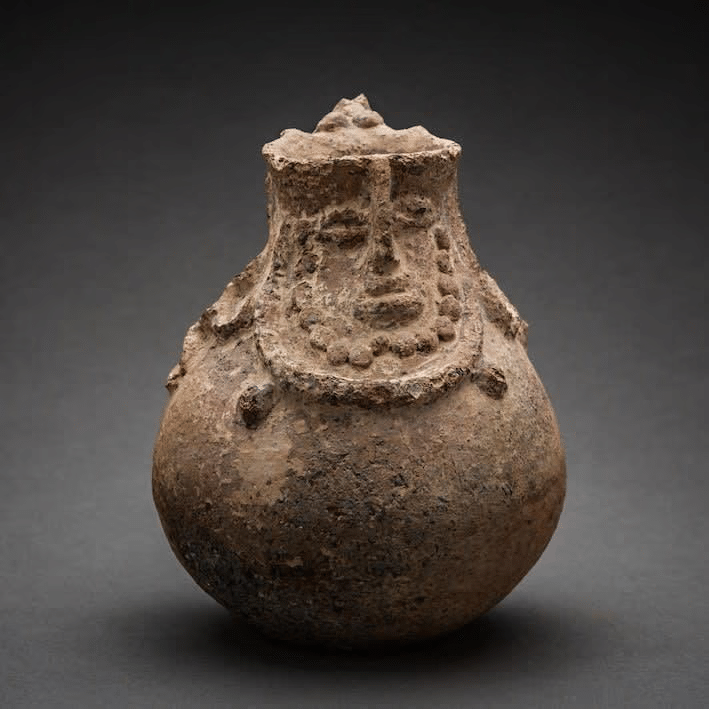
Artefacts are objects created by human beings. This term encompasses a wide variety of items, including tools, paintings, sculptures, and engravings.
Primates
- Primates are a subgroup within a larger category of mammals. This group includes monkeys, apes, and humans.
- Primates are characterized by features such as body hair, a relatively long gestation period after birth, mammary glands, various types of teeth, and the ability to maintain a constant body temperature.
Ethnography
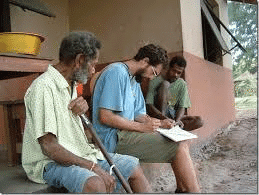
- Ethnography involves studying present-day ethnic groups to understand various aspects of their lives.
- This includes looking at how they make a living, the technology they use, their gender roles, rituals, political systems, and social customs.
Passage-Based References
- Olduvai Gorge is situated in the Rift Valley of East Africa. It was identified and studied by Mary and Louis Leakey over a span of 40 years, with Mary making a significant discovery in 1959 when she found the remains of Australopithecus at this site.
- The Hadza are a small community of hunters and gatherers residing near Lake Eyasi in the Rift Valley, East Africa. They rely on wild foods for sustenance. Despite periods of drought, they never face food shortages due to the abundance of vegetables. Their camps are typically located among trees or rocks and within a kilometre of a water source.
- Altamira is a cave site in Spain renowned for its remarkable cave paintings. The significance of Altamira lies in the historical and artistic value of these ancient paintings.
|
744 videos|1444 docs|633 tests
|
FAQs on From the Beginning of Time Chapter Notes - Famous Books for UPSC Exam (Summary & Tests)
| 1. What are the main types of Homo species in human evolution? |  |
| 2. How did glaciation impact human evolution and migration? |  |
| 3. What are the leading theories on the origin of modern humans? |  |
| 4. What methods did early humans use to obtain food? |  |
| 5. How did early humans communicate and express themselves through art? |  |






















